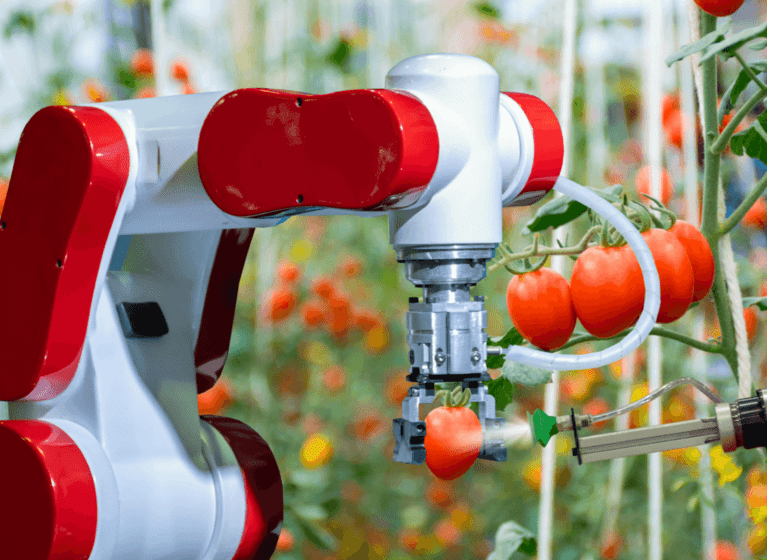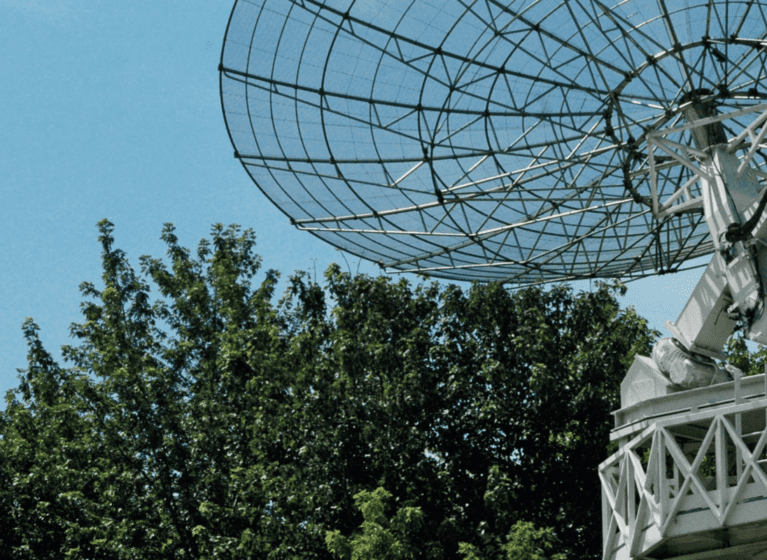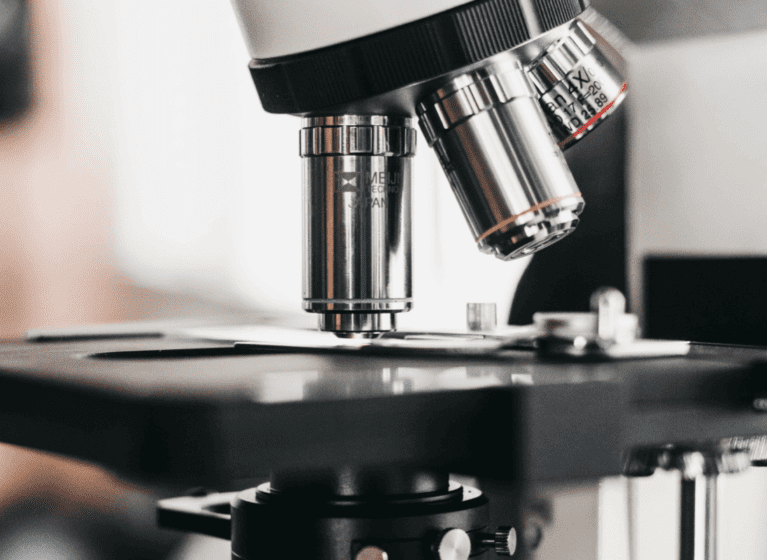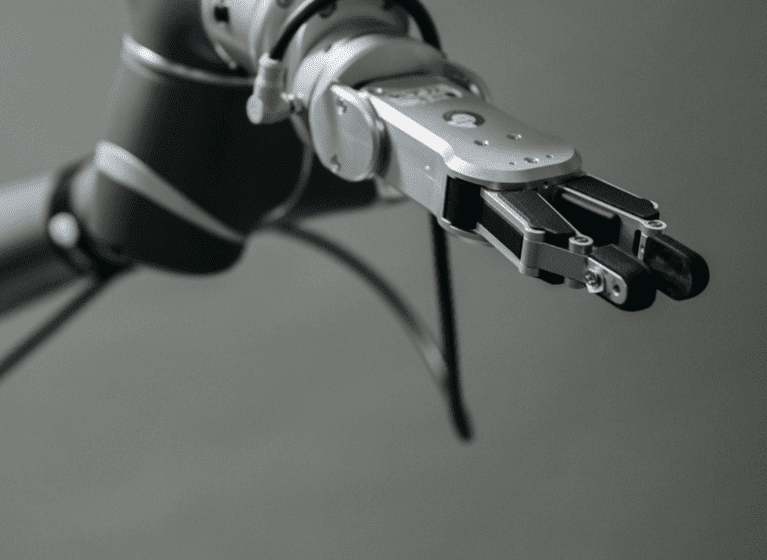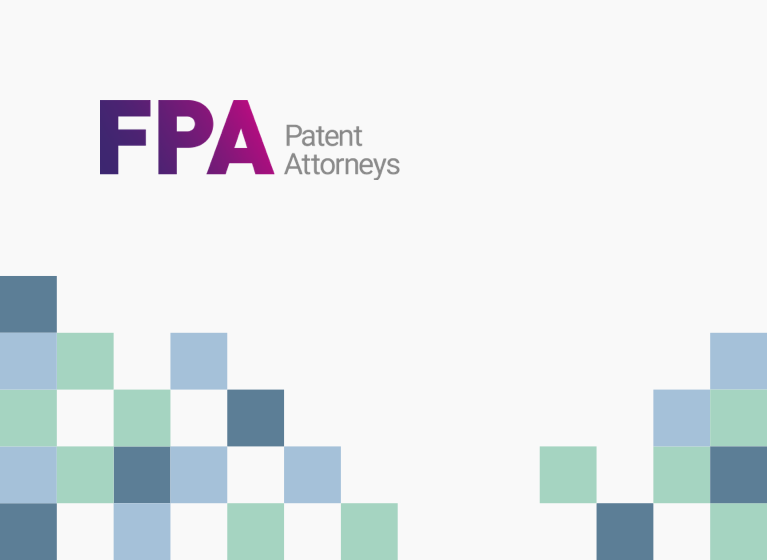2019 saw some long awaited decisions handed down regarding the patentability of computer implemented inventions (CII) and diagnostic methods.
- Those in the medical field got a resounding “yes” to the question of “Are methods of diagnosis patentable in Australia?” providing much relief to those around the world involved in diagnostics.
- Applicants in the CII field didn’t get a firm test or formula as to where the exact boundary is between an abstract idea and a patentable invention. But they did get some further guidance and intel as to what could have made a difference in this CII case to have tipped the outcome in the applicants favour to permit the claim to an invention involving a computer.
- And of further interest to applicants will be the court decision that overturned a patent office decision to reject a mining method on the basis it was a ‘mere scheme’. Apart from providing important clarification as to the correct tests to apply when considering processes, schemes and method, the reasoning from that decision suggests that inventions which involve use of a computer which result in a physical and tangible result should constitute patentable subject matter under Australian law.
A win for diagnostic methods! Australia remains a fertile ground for diagnostics.
Sequenom, Inc. v Ariosa Diagnostics, Inc. [2019] FCA 1011
In very welcome news to patentees and patent applicants in the diagnostic technology space, the first judicial consideration in Australia of whether a method of diagnosis is patentable subject matter has found that methods of diagnosis are appropriate subject matter for a patent.
The dispute – equivalent to the parallel US and UK proceedings – considered the validity and infringement of patents directed to methods of non-invasive pre-natal diagnosis using cell-free fetal DNA (cffDNA) obtained from maternal serum or plasma. The Court applied the criteria identified by Australia’s highest court in the Myriad decision:
- whether the invention as claimed is for a product made, or a process producing an outcome as a result of human action; and
- whether the invention as claimed has economic utility.
As detailed in a previous article, the Court concluded that “the invention is “undoubtedly” an artificial non-invasive detection method involving artificial DNA amplification methods and synthetic probes deriving from the presence of cfDNA in the maternal circulation from both the mother and developing fetus” (Judge’s emphasis). Each of the steps of taking the maternal blood, separating that blood into component parts, extracting the nucleic acids and discriminating between maternal and cffDNA in the same required human intervention. Thus, it was concluded that while the substance of the claimed invention was premised on a naturally occurring phenomenon, ie the presence of cffDNA in maternal blood, it “…builds on, uses, practically applies and reduces to practice a discovered substance found in nature, namely, cffDNA in maternal blood, to provide a new, inventive, useful, artificial method of detection of cffDNA, and where the method is of economic significance”.
Having said all of that, Ariosa appealed the decision, and the matter is listed to be heard in May 2020. So stay tuned!
No invention in the abstract: you have to improve the computer
Encompass Corporation Pty Ltd v InfoTrack Pty Ltd (2019) FCAFC 161.
A highly anticipated appeal decision of the Australian Federal Court relating to the patentability of computer-implemented inventions in Australia was handed down on 13 September 2019. The appeal, as we reported in our 2018 year in review article, was attended by an unprecedented number of private practice and in house patent attorneys, and included submissions from The Commissioner of Patents and The Institute of Patent and Trademark Attorneys (IPTA), a local body of patent attorneys.
The claimed process in issue included retrieving information about a particular entity from remote databases and displaying the results in the form of a network of interconnected nodes. Users can then search for further information by selecting one of the nodes, following which searches that are available relating to the entity type for the node are displayed for selection. The computer then performs the selected search.
The appeal, as discussed in more detail in a previous article, upheld the first instance decision that the invention was not directed to subject matter that is eligible for patent protection largely on the basis of the answer to one question – does the invention result in an improvement within the computer (which was patentable) or merely require generic computer implementation? But rather than give patent applicants the guidance they were looking for as to where the dividing line between an abstract idea and a patentable invention lies, the court has again reiterated that there is no test or formula. The court did however provide some insight in to what may get future applications ‘over the line’. Namely, in this instance, it was indicated that if the specification had described and claimed details on how the method was implemented, then there may have been a different result. From this we can see the continuing theme for something to be actual – not merely conceptual or abstract.
And applicants will get further guidance soon from the Full Court in the Rokt Pte Ltd v Commissioner of Patents [2018] FCA 1988 (Rokt) appeal. As we reported previously, in Rokt, a single judge of the Federal Court overturned a decision of the Australian Patent Office that a certain computer-related invention did not constitute patent-eligible subject matter. That appeal was heard on 10 February 2020, with a decision expected later in the year.
But it may be an invention when the computer results in a physical and tangible result
Technological Resources Pty Limited v Tettman [2019] FCA 1889
This case was an appeal from an Australian Patent Office hearing that resulted in the rejection of an application directed to “A method of mining”. The claims involved assessing the grade of crushed ore and separating the crushed ore on the basis of grade using sensors and sensing technology. The patent office rejected the application on the basis that it was a ‘mere scheme’ for sorting material, wherein the steps in the claims were broadly defined without reference to “technical components” and made use of “generic” technology, analogous to business methods and schemes implemented in or by a computer in a generic way. Specifically the patent office relied on two seminal decisions – Research Affiliates LLC v Commissioner of Patents [2014] FCAFC 150 and Commissioner of Patents v RPL Central Pty Ltd [2015] FCAFC 177 – which both related to business/financial computer-implemented methods.
The appellant argued however that it was incorrect for the patent office to draw an analogy between the computer implemented business methods and schemes previously considered by the courts and the claimed invention in the present case. The Federal Court agreed, concluding that “The delegate’s reasoning, in my view, involves a mischaracterisation of the claimed invention. As the appellant said, the invention involves physical steps carried out on a physical product using physical apparatus, to produce a physical and tangible result. It does not bear a resemblance to the cases on which the delegate relied. No meaningful analogy to those cases may be drawn”.
What this means for applicants is that inventions which involve use of a computer which result in a physical and tangible result should constitute patentable subject matter under Australian law.
The road to infringement is paved with objective intentions
Mylan Health Pty Ltd (formerly BGP Products Pty Ltd) v Sun Pharma ANZ Pty Ltd (formerly Ranbaxy Australia Pty Ltd) [2019] FCA 28 (22 January 2019)
We have previously reported on the value, and some would say, necessity, of ensuring that you have both method of treatment and Swiss-style claims (via two previous articles (one) and (two)), in your Australian patents. Australia courts have confirmed that such claims are of a different scope, and importantly, are infringed under different circumstances.
In this case, Sun Pharma (formerly known as Ranbaxy Australia), were alleged to directly infringe Swiss form claims (and to indirectly infringe method of treatment claims) directed to the use of fenofibrate products for the treatment of retinopathy (diabetic retinopathy in particular). For the Swiss-style claims, the Court rejected the possibility of ‘suitability for use’ being determinative of the question of infringement of a Swiss-style claim and framed the crucial question as “whether the manufacturer has made (or will make) the relevant medicament with the intention that it be used in the treatment of the designated condition”. The answer to that question was to be ascertained objectively in light of all the relevant facts and circumstances including, in particular, the approved product information (“PI”), ie the label, for the product (emphasis added).
This point is particularly interesting when applied to the specific facts of this case: the allegedly infringing products were originally approved for the same indication as the applicants’ product. However, the PI for the fenofibrate products was subsequently amended to remove reference to diabetic retinopathy. So despite the allegedly infringing products from Ranbaxy being approved for the same indications as Mylan’s fenofibrate product, and the PI recording that the Ranbaxy products were indicated “for the reduction in the progression of diabetic retinopathy in patients with type 2 diabetes and existing diabetic retinopathy”, the Court held that that evidence was insufficient to find the required intention, and the Swiss claims were not infringed.
This decision provides an important insight for patentees – as to their claim scope – and competitors – as to their product marketing – alike.
Sufficiency under AU law: it’s a hop over the plausibility threshold but a jump over the undue burden requirement
Gary B Cox v MacroGenics, Inc. [2019] APO 13 (27 March 2019)
Under Australian law, a claimed invention must be described in a manner which is clear enough and complete enough for the invention to be performed by a person skilled in the relevant art ie sufficiency of disclosure. A prior Patent Office decision (Evolva SA [2017] APO 57) provided a three-step test for determining ‘sufficiency’ in view of guidance from the UK and Warner-Lambert Company LLC v Generics (UK) Limited (t/a Mylan) and ors [2018] UKSC 56. One of these steps – does the specification provide an enabling disclosure of all the things that fall within the scope of the claims in turn asks the question “Is it plausible that the invention can be worked across the full scope of the claim?” and “Can the invention be performed across the full scope of the claim without undue burden?”.
This Australian Patent Office decision involved an application with claims directed to a broadly defined first polypeptide covalently linked to a variant albumin-binding domain (ABD), such that the serum half-life of the resulting fusion protein is extended relative to that of the protein absent the ABD. Accordingly, when considering sufficiency, the hearing officer framed the first question as “…is it plausible that the variant ABD defined in the claim can be conjugated to any polypeptide and result in extended serum half-life?”. The approach to answering this question relied on the notion that plausibility is a technical consideration and assertions must be based on a reasonably credible technical or scientific basis derivable from the specification as understood by the skilled person (emphasis added). Interestingly, despite this, the hearing officer concluded that “… while the specification itself does not set out a basis for expecting the claimed ABDs to display the desired result with any polypeptide, I am satisfied that a skilled person equipped with the common general knowledge, would find it plausible that fusion of a deimmunized ABD as defined in the claims to any polypeptide would extend the serum half-life of that polypeptide”.
But when it came to a consideration of the nature of experimentation required to carry out the invention across its full scope, the hearing officer concluded the work constituted an undue burden. Specifically, while considered systematic and iterative, the sheer number of possible variants, rendered the work “unpredictable, with limited guidance in the specification”.
There is no doubt that the Patent Office decisions to date on sufficiency have all turned on their facts. But in a positive sign for patent applicants there does appear to be an increasing degree of consistency being applied.
Licensed to infringe
H Lundbeck A/S v Sandoz Pty Ltd [2019] APO 18
For the past decade there has been litigation – of some form or another – associated with Lundbeck’s blockbuster antidepressant, escitalopram, marketed as Lexapro®. This latest chapter involves a generic competitor – Sandoz – seeking a retrospective licence from the Patent Office to cover their exploitation of the Lundbeck escitalopram patent.
To cut a very long story short, Lundbeck’s escitalopram patent had ceased; but they were ultimately successful in having an application for an extension of pharmaceutical patent term approved. The issue was that the application for an extension of patent term was filed late, so was accompanied by an extension of time request. Hence, when Sandoz released their generic product to the market on 15 June 2009, two days after the expiry of Lundbeck’s patent, and only three days after the application for extension of term was made, it appeared that Lundbeck had no patent rights. The extension of time request was successful and subsequently the extension of term request was granted. It was granted however with retrospective effect as the patent was never considered to have ceased. Hence, Lundbeck promptly filed patent infringement proceedings against a number of generics including Sandoz.
Faced with having been found by the Court to have infringed Lundbeck’s escitalopram patent, Sandoz applied for – and was granted – a licence to exploit the patent under provisions in the Patents Act and Patent Regulations which empower the Commissioner of Patents to grant relief to third parties adversely affected by the granting of the extension of time. It had to be shown first that there was a causal link. In other words, that Sandoz’s exploitation was “because of” the failure of Lundbeck to timely file the extension of term application. The licence provided Sandoz with a defence in relation to the infringement action. And what will be of interest to patentees is that the licence granted to Sandoz is an agreement between Sandoz and the Commissioner – Lundbeck is not a party to the licence and is not entitled to any royalties.
The decision was appealed, with a decision expected later in the year.
Do you risk your claim being invalid if it comprises “contains”? A lesson in claim construction
Nichia Corporation v Arrow Electronics Australia Pty Ltd [2019] FCAFC 2
This appeal decision from early in 2019, as discussed in more detail in a previous article, serves as a salient reminder to patent applicants to make sure that their specifications clearly convey what they mean if they use language and terminology that on its face, could be ambiguous, or isn’t a term of art with a commonly accepted meaning. In this instance, the issue of infringement came down to the meaning of “contains” in the claims, and whether it was to be construed inclusively or exclusively when the specification was silent one way or the other.
The invention, which was directed to a light emitting device, including a light emitting component and a phosphor capable of absorbing a part of light emitted by the light emitting component. Claim 3 defined that the phosphor “contains” fluorescent material represented by a general formula. The question considered by the Court, on which infringement turned, was whether the phosphor could only contain fluorescent material represented by the general formula, or whether it could be anything other than the specifically stated fluorescent material defined by the general formula.
The Court in the first instance decision and the appeal looked to the patent specification to provide context, based on the principle “that it is for the claimant to define the things which are within its monopoly”. Given that “the specification is a unilateral document in words of the patentee’s own choosing” (Kirin-Amgen at [34]), the only way in which the meaning of “contains” in claim 3 can be resolved is by reference to the invention as described by the patentee”. Having found the specification to be silent about the presence of any other fluorescent material not represented by the general formula, the appellate court confirmed the first instance conclusion that in this instance “contains” takes an exhaustive rather than inclusive meaning.
If words are used like “contains” or “comprising” that are ambiguous in isolation, the patent applicant should ensure that it is clear which interpretation it intends, or risk having an adverse construction forced upon them.
Discretion continues to be an important consideration for amendments before the court
Neurim Pharmaceuticals (1991) Ltd v Generic Partners Pty Ltd (No 2) [2019] FCA 154
Post grant amendments filed with the Australian Patent Office must be accepted if the amendments per se are allowable. However amendments before a court are additionally subject to the discretion of the court, and leave to amend a patent may well be refused if it is determined that the patentee had reasonable grounds to believe a claim may be invalid, but delayed in taking any action or failed to be fully frank as to the reasons for proposing amendments and all relevant matters.
In this case, Neurim had enforced their claims for the use of melatonin to treat “a patient suffering from primary insomnia characterized by non-restorative sleep and improving the restorative quality of sleep in said patient” against Generic Partners Pty Ltd and Apotex Pty Ltd. But after the proceedings had commenced, Neurim sought leave to amend the claims. The issue considered by the Court was a question of delay – as the same or similar amendments had been made in corresponding applications approximately six years ago. A defence to delay however is available where a patentee believes that amendment was not necessary and had reasonable grounds for that belief. In this regard, the Court accepted Neurim’s submissions that the rationale for seeking the amendments in Australia was to narrow the scope of the claims and reduce the scope of the issues in the related infringement proceeding – not that the Australian claims would have been invalid without the amendment. The Court was persuaded by, among other things, the fact that the prosecution histories of the overseas patents did not support that the patents would have been invalid without the amendments. The intention and understanding of the inventor was that the invention improved sleep quality not sleep quantity as per the prior art. The amendments overseas sought to make this clearer.
The continuing lesson for patentees here is that grant of your Australian patent is not necessarily the end of the process. Ideally, if you become aware of a potential issue with your claims due to outcomes of prosecution in other jurisdictions, you should take proactive steps to determine if your Australian claims also require amendment. Appreciating the challenge of this for patentees with substantial portfolios, a practical approach may be to conduct a review at product registration in Australia. But it must certainly be conducted prior to patentees seeking to enforce their patent claims.
Lack of best method and amendment discretion unite to invalidate a patent
BlueScope v Dongkuk (No 2) [2019] FCA 2117
Over the last three years we have seen a number of patent applications and patents invalidated on the basis that the specification lacked the best method known to the applicant/patentee of performing the invention at the time of filing the application in Australia. And in the final week of the Federal court sitting for 2019, this decision was handed down which saw the best method ground as the only successful one in a validity challenge that survived lack of novelty, inventive step, full description, clarity, fair basis, and false suggestion.
The BlueScope patent in question described and claimed a coating process whereby short range coating thickness variations had to be controlled, and this was achieved by applying “special operational measures”. In the Court’s view, BlueScope was under an obligation to disclose the “special operational measures” known to it at the filing date to control short term coating variation. Part of the problem for BlueScope was the use of ‘special’ in describing the operation measures, as this was deemed by the Court to mean something different to ‘ordinary’ operational measures – which the person skilled in the art may well have understood the meaning of.
This case also serves as a reminder to patentees of the need to avoid delay in seeking amendments, and to provide full and frank as to the reason for the amendment. Bluescope applied to amend the patent specification to introduce additional detail concerning the “special operational measures”. Despite the Court concluding that the amendments were permissible, it exercised its discretion to refuse the amendment application. As a result of objections from Patent Offices in Australia, South Korea, Japan and US as to what was meant by “special operational measures”, the Court concluded that “…BlueScope had constructive knowledge of the need to amend the specification well before it did so and simply made a calculated decision to take its chances with the disclosure it had made, whilst simultaneously benefiting commercially from the best method to the detriment of the public”.

